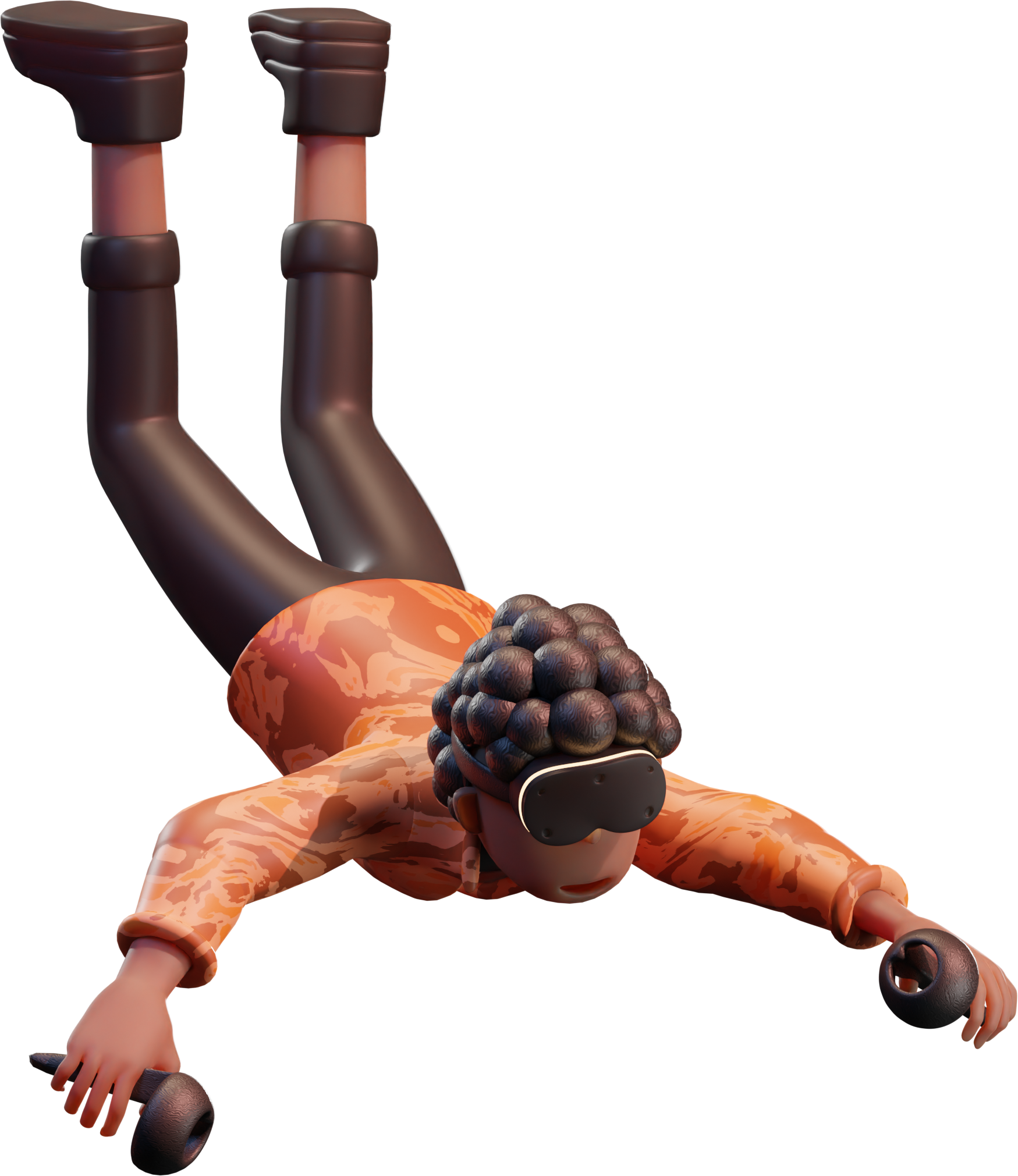
Philips and Microsoft unveil AR based surgery room.
The AR surgery room is still in development, but it has the potential to improve patient outcomes and reduce costs. For example, the system could help surgeons perform more precise procedures, reduce the risk of errors, and shorten recovery times.
The AR surgery room is just one example of how AR is being used in healthcare. Other applications include using AR to train surgeons, provide remote consultations, and visualize patient data. As AR technology continues to develop, it is likely to play an increasingly important role in healthcare.
Here are some of the benefits of using AR in surgery:
- Increased precision: AR can help surgeons visualize the anatomy they are operating on, making it easier to perform precise procedures.
- Reduced risk of errors: AR can help surgeons avoid making mistakes by providing them with real-time information and guidance.
- Shorter recovery times: AR can help patients recover from surgery faster by providing them with rehabilitation and education tools.
- Improved patient outcomes: AR can help improve patient outcomes by providing surgeons with the tools they need to perform precise and error-free procedures.

Here are some of the challenges of using AR in surgery:
- Technical challenges: AR technology is still in its early stages of development, and there are some technical challenges that need to be addressed before it can be widely adopted in surgery.
- Regulatory challenges: There are also some regulatory challenges that need to be addressed before AR can be used widely in surgery.
- Cost: AR technology is still relatively expensive, and the cost of implementing it in surgery may be prohibitive for some hospitals.
Despite the challenges, AR has the potential to revolutionize the way surgery is performed. As the technology continues to develop, it is likely to become more affordable and accessible, and it is likely to play an increasingly important role in surgery.
One of the primary reasons why it is difficult to create 3D models in AR is the complexity of 3D modeling software. 3D modeling software requires specialized skills and knowledge, and it can be challenging for beginners to get started. The software is also expensive, which makes it difficult for independent developers and small businesses to access. To create high-quality 3D models, developers need to invest a significant amount of time and resources into learning the software.
Lack of standardization is another issue that makes it hard to create 3D models in AR. There is no industry-wide standard for AR development, which means that every AR platform has its own requirements and specifications. This makes it challenging for developers to create 3D models that can be used across different platforms. Developers need to create multiple versions of the same 3D model for different platforms, which increases the workload and makes it difficult to maintain consistency across platforms.
Finally, limited resources are also a significant challenge for creating 3D models in AR. Creating high-quality 3D models requires a significant investment of time, money, and expertise. Small businesses and independent developers may not have the resources to create high-quality 3D models, which limits the number of AR experiences that are available to users.
Creating 3D models in Augmented Reality is a challenging task due to the complexity of 3D modeling software, technical limitations of mobile devices, lack of standardization, and limited resources. Despite these challenges, we can expect to see improvements in AR technology in the coming years, making it easier for developers to create high-quality 3D models and deliver more immersive AR experiences to users. As AR technology continues to evolve, we can expect to see more innovative applications of AR in areas such as healthcare, manufacturing, and retail.

